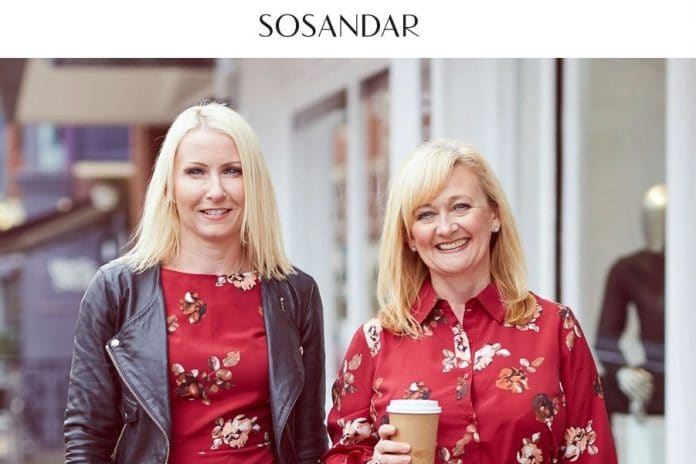Beauty product sales remain buoyant despite economic uncertainty as the “lipstick effect” continues to hold true throughout the downturn, according to research released today.
Reporting total growth of around 16 per cent between 2007 and 2012, the beauty & personal care sector is now estimated at £10.6 billion, equating to an additional 11 per cent spending rise per person since the start of the credit crunch in 2007.
According to Mintel‘s British Lifestyle report, the popularity of the beauty market is set to continue, predicting growth of 18 per cent between 2012 and 2017.
More broadly, the report revealed that consumers have become more savvy in spending since the financial crisis hit as lifestyle have remained “in flux”.
Spending over the last five years has changed, the group said, with 56 per cent of adults now only buying items “when absolutely needed” while 37 per cent purchase few treats for themselves and their families as disposable incomes falter.
A third of respondents claimed that their financial position had become more difficult compared with 22 per cent who noted an improvement and Mintel said that consumers remain worried about covering essential costs.
British consumers are most worried about keeping up with bills, with 82 per cent saying that this is their main concern, while 67 per cent prioritise adding to rainy day savings and 58 per cent focus on saving for big ticket purchases.
Ina Mitskavets, Senior Consumer and Lifestyles Analyst at Mintel, explained that this change must impact how the retail sector responds to its customers.
“Amidst the rising cost of living and biting austerity measures, British consumers are adjusting to the new economic reality, with financial prudence and savvy shopping already the default for many,” Mitskavets said.
“Britons are working harder and saving more money for the future, as a direct consequence of the recession.
“The reduced desire to fritter away hard-earned income on ‘nice-to-haves‘ will shape retail offerings and will have far-reaching implications for consumer expectations about quality, price, product variety and customer service.”

















